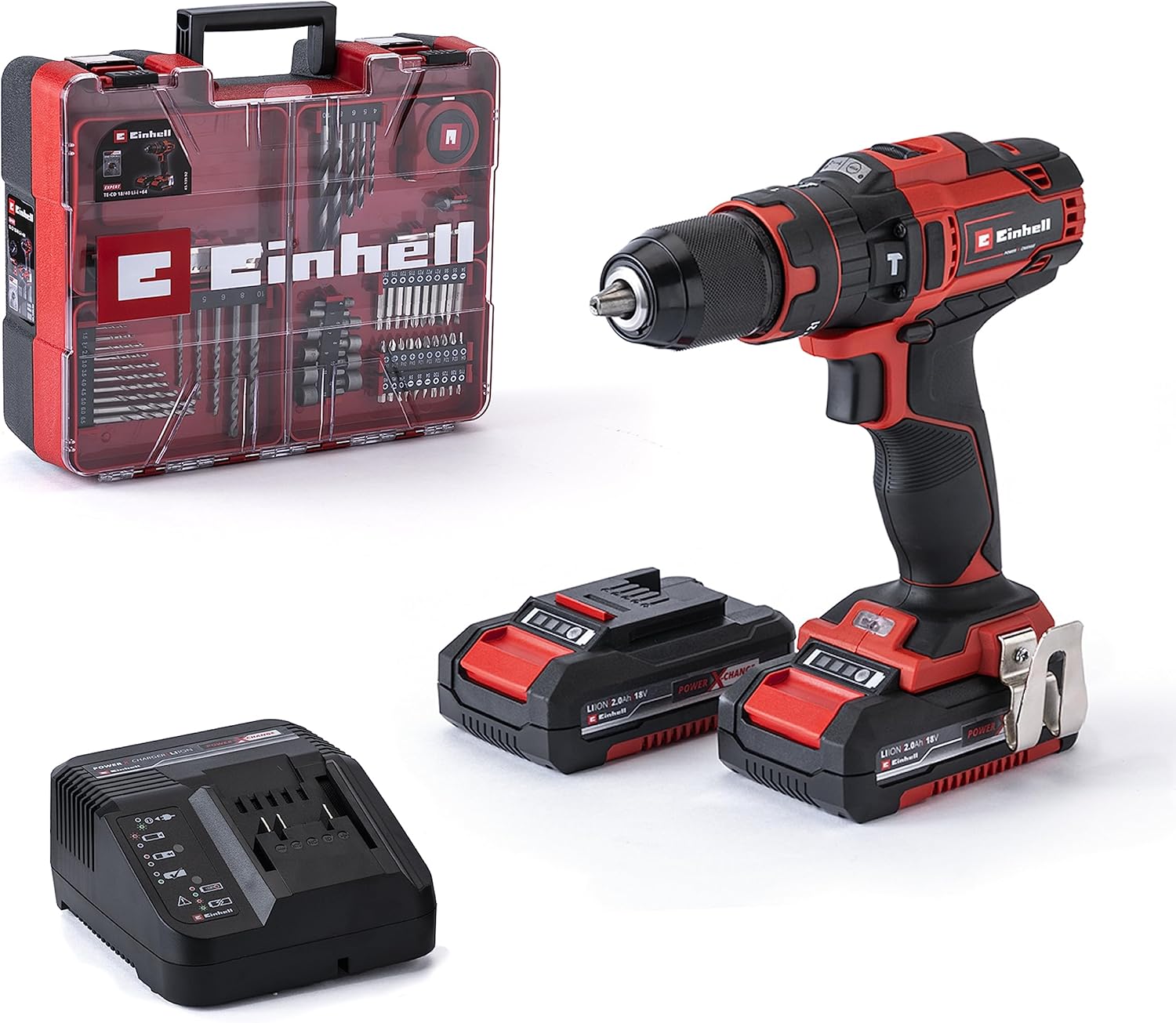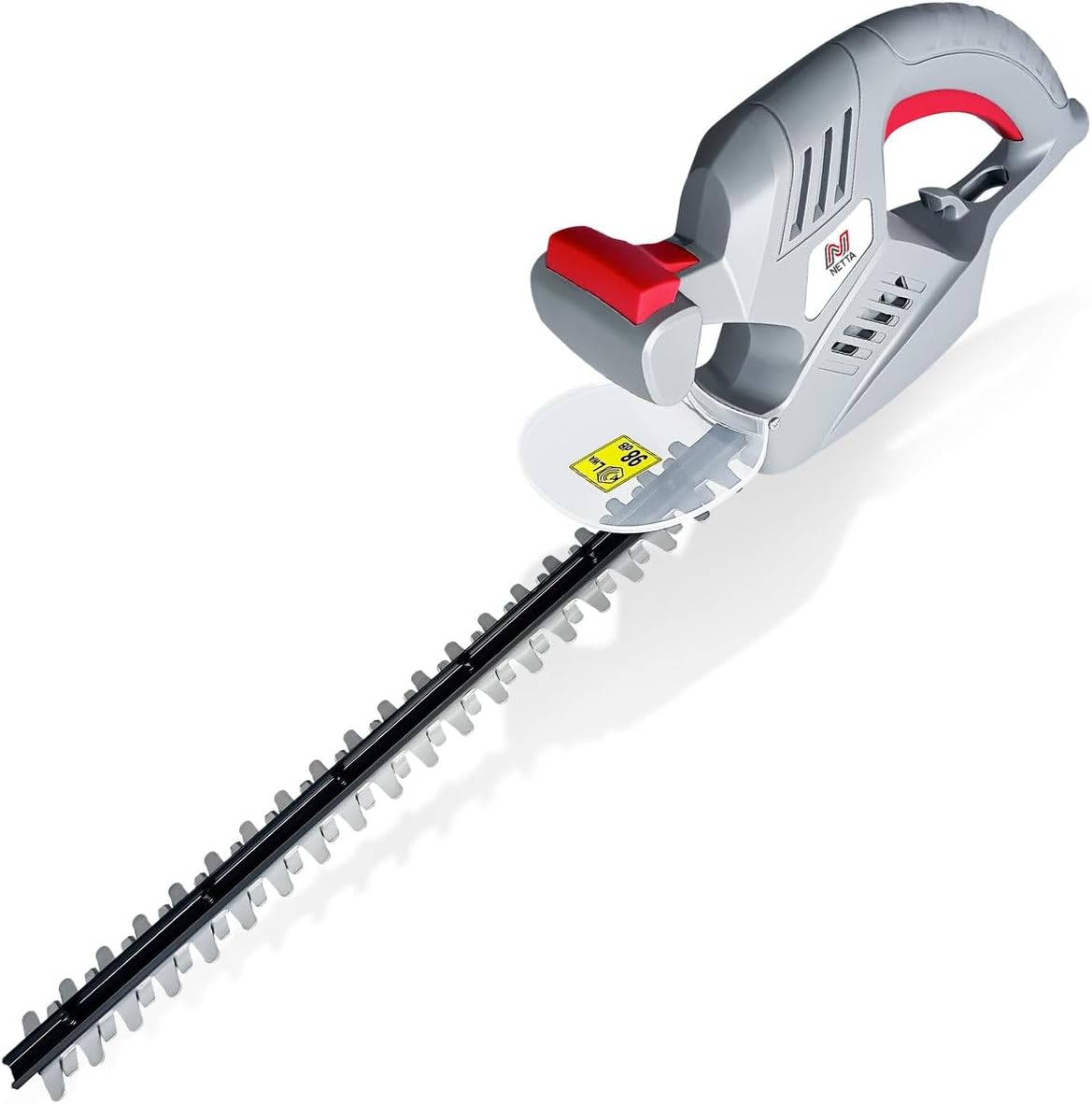
When it comes to selecting the right size for catnic lintels, it’s important to consider a few key factors. From the weight-bearing capacity to the dimensions of your opening, finding the perfect fit is crucial for ensuring a safe and sturdy construction. In this article, we’ll explore the different sizes available for catnic lintels and provide you with some helpful guidance to make the decision-making process a breeze. So, let’s get started and find the ideal size to support your project!
Understanding Catnic Lintels
What are Catnic Lintels?
Catnic lintels are an essential component in the construction of buildings, particularly when it comes to supporting loads and distributing weight. These lintels are horizontal beams typically made of galvanized steel, designed to bear the load from the structure above, such as the weight of the wall and roof. Catnic lintels play a crucial role in ensuring structural integrity and preventing the collapse of walls and ceilings, making them a fundamental aspect of any construction project.
Importance of Catnic Lintels
Catnic lintels are not just a mere structural element; they are an indispensable part of any building project. Without the proper installation of Catnic lintels, a range of issues can arise, including sagging walls, cracking plaster, and even the potential for collapse. These lintels serve to distribute the weight of the structure evenly, preventing excessive stress on specific areas and ensuring the long-term stability of the building. By choosing the right size and type of Catnic lintels, you can greatly contribute to the overall safety and longevity of the construction.
Factors to consider when choosing Catnic Lintels
When it comes to choosing Catnic lintels, several factors need to be taken into consideration to ensure optimal performance and load-bearing capacity. The following factors should be carefully evaluated before making a decision:
- Building Regulations: It is essential to review local building regulations and codes to determine any specific requirements regarding lintels. Compliance with these regulations ensures that the lintels meet the necessary standards for safety and durability.
- Span Length: The distance that the lintel will span across plays a crucial role in determining the size and type of lintel required. Longer spans may require heavier duty lintels or additional support to ensure sufficient load-bearing capacity.
- Load Capacity: The expected load on the lintel, including the weight of the structure above it, should be carefully calculated. This will help determine the necessary strength and size of the lintel to adequately support the load without compromising its structural integrity.
Types of Catnic Lintels
Standard Duty Lintels
Standard duty lintels are designed for use in relatively simple structures and lighter loads. These lintels are typically suitable for supporting brickwork above openings such as windows and doors in single-story buildings. They are available in various sizes and profiles to accommodate different wall thicknesses and openings.
Medium Duty Lintels
Medium duty lintels are designed to withstand greater loads and provide increased support for larger openings. They are often used in two-story or multi-story buildings, where the loads from the upper floors need to be distributed evenly. Medium duty lintels offer a more robust solution for openings such as wide-span windows and doorways.
Heavy Duty Lintels
Heavy duty lintels are specifically engineered to withstand substantial loads and provide maximum support for large and complex structures. These lintels are commonly used in commercial and industrial buildings, where the weight of the structure requires a higher load-bearing capacity. Heavy duty lintels are designed to handle the most demanding construction projects.
Considerations for Choosing the Right Size for Catnic Lintels
Building Regulations
Before selecting a Catnic lintel, it is crucial to consult local building regulations to determine any specific requirements regarding lintel selection and installation. Building regulations may specify minimum size and load-bearing capacity standards that must be met to ensure the structural integrity and safety of the building.
Span Length
The span length, or the distance that the lintel needs to span across an opening, is a critical factor in choosing the right size. Longer spans will require a larger and stronger lintel to adequately support the load and prevent sagging or structural failure.
Load Capacity
The expected load that the lintel will bear is another essential consideration. This includes the weight of the structure above it as well as any additional loads such as roof loads or snow loads. Calculating the anticipated load capacity will help determine the appropriate size and strength of the lintel needed for the specific construction project.
Measuring for Catnic Lintels
Measuring for Span Length
To accurately measure for the span length of a Catnic lintel, you will need to measure the distance between the inner edges of the structural supports, such as the inner walls or columns that will be supporting the lintel. It is crucial to ensure that the measurement is taken at the correct height and level to avoid any inaccuracies.
Measuring for External Wall Thickness
Determining the external wall thickness is necessary to select the correct size of a Catnic lintel. This measurement is typically taken by measuring the width of the external wall from the outermost edges. It is essential to consider any additional layers or finishes, such as cladding or insulation, when measuring the wall thickness.
Choosing the Appropriate Size
Guidelines for Standard Duty Lintels
When selecting a standard duty lintel, it is crucial to consider the span length and the load requirements of the specific opening. Standard duty lintels are generally suitable for single-story residential buildings or smaller openings in low-rise structures. Following the manufacturer’s guidelines and consulting with a structural engineer can help ensure the correct size is chosen to adequately support the load.
Recommendations for Medium Duty Lintels
For larger openings or two-story structures, medium duty lintels provide a more robust solution. It is essential to consider the span length, load requirements, and any potential increase in loads from upper floors. Consulting with a structural engineer will help determine the appropriate size and load-bearing capacity required for medium duty lintels.
Choosing Heavy Duty Lintels
Heavy duty lintels are reserved for complex structures or buildings with substantial loads. Their selection should be based on a thorough assessment of the span length, load capacity, and any additional factors specific to the construction project. Due to the critical nature of heavy duty lintels, it is highly recommended to consult with a qualified structural engineer to ensure proper sizing and installation.
Common Sizes of Catnic Lintels
Standard Duty Lintels Sizes
Standard duty lintels are available in a range of sizes to accommodate different wall thicknesses and openings. Typical sizes for standard duty lintels may include:
- 75mm x 100mm
- 100mm x 100mm
- 100mm x 140mm
- 140mm x 100mm
- 215mm x 100mm
These sizes are just examples and may vary depending on the manufacturer and specific project requirements.
Medium Duty Lintels Sizes
Medium duty lintels, designed to handle larger loads, typically come in standard sizes such as:
- 140mm x 150mm
- 150mm x 215mm
- 215mm x 150mm
- 215mm x 215mm
- 215mm x 265mm
Again, these sizes are examples and may vary depending on the manufacturer and individual project specifications.
Heavy Duty Lintels Sizes
Heavy duty lintels are manufactured to withstand substantial loads and are available in various sizes, including:
- 215mm x 270mm
- 265mm x 215mm
- 300mm x 215mm
- 340mm x 215mm
- 390mm x 215mm
As with the other categories, these sizes are provided as examples and may vary depending on the manufacturer and project-specific requirements.
Installation Considerations
Consultation with Structural Engineer
When it comes to the installation of Catnic lintels, it is highly recommended to consult with a qualified structural engineer. They can provide valuable guidance on choosing the correct lintel size, placement, and any additional support requirements based on the specific project and load conditions. A professional assessment ensures that the lintels are installed correctly and can safely bear the expected loads.
Correct Placement and Alignment
Precise placement and alignment of Catnic lintels are crucial for their optimal function. The lintels should be positioned accurately, ensuring a continuous load path from the lintel to the supporting structures. Proper alignment helps distribute the load evenly and prevent any potential weaknesses or failures in the structure.
Use of Brick Arch Lintels
In some cases, such as the construction of brick arches or curved openings, brick arch lintels may be utilized instead of standard lintels. These lintels are specially designed to support the curvature of the arch while still providing the necessary load-bearing capabilities. When considering brick arch lintels, it is vital to consult with a structural engineer to ensure proper sizing and installation.
Benefits of Choosing the Right Size
Structural Integrity
By selecting the appropriate size of Catnic lintel, you ensure the structural integrity and stability of the building. The right size will allow the lintel to distribute the load evenly, preventing any undue stress or strain on specific areas. This promotes a solid and secure structure that can withstand the test of time.
Optimal Load Distribution
Choosing the correct size of Catnic lintel enables optimal load distribution throughout the structure. By adequately supporting the weight and transferring it to the supporting walls or columns, the lintels play a vital role in spreading the load evenly. This prevents any localized areas from bearing excessive weight, which could result in structural damage or failure over time.
Improved Aesthetics
Properly sized Catnic lintels contribute to the overall aesthetics of the building. By selecting the right lintel size, you can ensure that it aligns seamlessly with the openings and the surrounding architecture. This attention to detail enhances the visual appeal of the structure and creates a more polished and cohesive finish.
Frequently Asked Questions
What if I choose the wrong size?
Choosing the wrong size of Catnic lintel can have severe consequences for the structural integrity and safety of the building. It may result in sagging walls, cracking plaster, or even structural collapse. To avoid such issues, it is crucial to consult with professionals, such as structural engineers, before making any decisions regarding lintel sizes.
Can I cut or modify Catnic Lintels to fit?
Catnic lintels should not be cut or modified unless specifically permitted by the manufacturer or a structural engineer. Altering a lintel without proper authorization can compromise its load-bearing capacity and may result in structural instability. It is always best to consult with professionals to ensure proper installation and compatibility.
Are there custom size options?
Yes, some manufacturers may offer custom size options for Catnic lintels. These custom options can be tailored to fit specific project requirements, ensuring the perfect fit and load-bearing capabilities. However, it is essential to consult with the manufacturer or a structural engineer to explore the feasibility and suitability of custom sizes for your construction project.
Conclusion
Choosing the right size of Catnic lintels is of utmost importance for the safety, stability, and longevity of any construction project. Factors such as building regulations, span length, and load capacity must be carefully considered to ensure optimal performance. Consulting with professionals, such as structural engineers, and following manufacturer guidelines will help guarantee accurate sizing and proper installation. By selecting the appropriate size, you contribute to the structural integrity, load distribution, and aesthetic appeal of the building, ultimately creating a safe and visually pleasing result.









